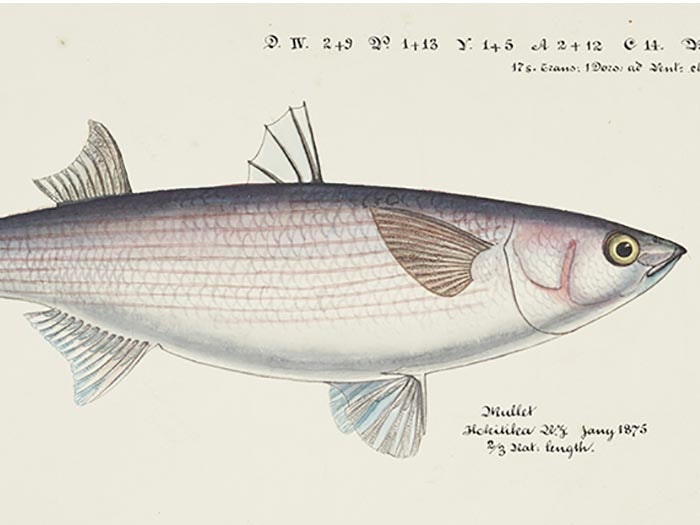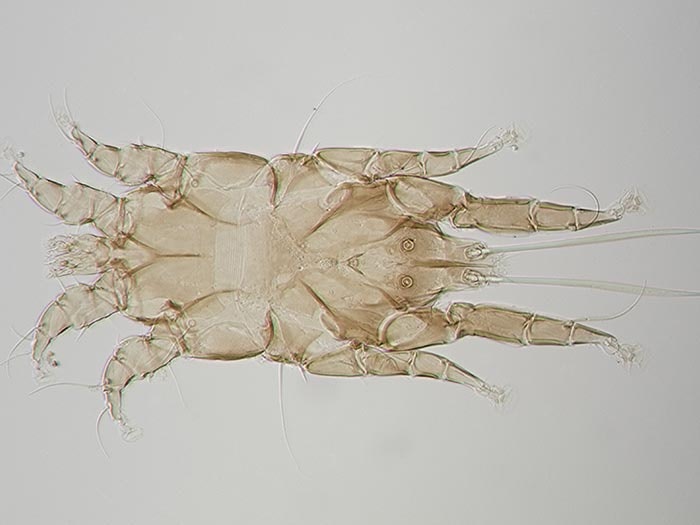
Tuhinga 17, 2006
EAN: 11734337
Jump to:
A preliminary comparison of the strength of two waxes for securing objects against earthquake damage
The Kaipara mullet fishery: nineteenth century management issues revisited
Whale teeth artifacts in the western Solomon Islands
An overview of New Zealand Deraeocorinae with descriptions of a new genus and a new species of Termatophylini (Insecta: Heteroptera: Miridae: Deraeocorinae)
Gerasimos Cassis and Alan C. Eyles
ABSTRACT: An overview of the New Zealand Deraeocorinae is given, and a new genus and new species, Maoriphylina dimorpha (Insecta: Heteroptera: Miridae: Deraeocorinae: Termatophylini), are described from New Zealand. This is the first record of the tribe for this country. The new taxa are fully illustrated, including documentation of the male and female genitalia. In addition, an updated world checklist and a key to all the genera of the tribe Termatophylini are included. Termatophylisca septempunctata Carvalho & Costa, 1993 is removed from the Termatophylini.
An overview of New Zealand Deraeocorinae with descriptions of a new genus and a new species of Termatophylini (Insecta: Heteroptera: Miridae: Deraeocorinae) (269.81 KB)
A new genus and four new species of Deraeocorini (Insecta: Hemiptera: Miridae: Deraeocorinae) from New Zealand, with notes on other species
Alan C. Eyles
ABSTRACT: The new genus Poecilomiris and four new species, Poecilomiris longirostris, P. planus, Romna pallescens and R. rubisura, are described and illustrated. Revised keys to the genera of Deraeocorini in New Zealand, and to 14 species of Romna Kirkaldy, 1906, are provided. Four genera and 18 species in the tribe Deraeocorini are now known from New Zealand.
A new genus and four new species of Deraeocorini (Insecta: Hemiptera: Miridae: Deraeocorinae) from New Zealand, with notes on other species (497.81 KB)
Two new feather mite species (Acari: Analgoidea) from the Tuamotu Sandpiper Aechmorhynchus parvirostris (Charadriiformes: Scolopacidae)
S V. Mironov and Ricardo L. Palma
ABSTRACT: Two new species of analgoid feather mites are described from the Tuamotu sandpiper, Aechmorhynchus parvirostris (Peale, 1848), an endemic and endangered wader from the Tuamotu Islands. The new mites are: Alloptes (Conuralloptes) aechmorhynchi sp. n. (family Alloptidae), and Ingrassia platyspina sp. n. (family Xolalgidae). Brief references to the literature dealing with the taxonomy and diversity of the genera Alloptes Canestrini, 1879 and Ingrassia Oudemans, 1905 are provided.
Two new feather mite species (Acari: Analgoidea) from the Tuamotu Sandpiper Aechmorhynchus parvirostris (Charadriiformes: Scolopacidae) (306.08 KB)
A preliminary comparison of the strength of two waxes for securing objects against earthquake damage
Joanna Morton
ABSTRACT: Two types of wax were tested for earthquake mitigation use for an exhibition of large, heavy, cast glass vessels by New Zealand glass artist Ann Robinson, at the Museum of New Zealand Te Papa Tongarewa (Te Papa). Informal testing was carried out using a mechanical tilt test. Consultation with an engineer enabled the tilt test to be related to earthquake conditions expected in the museum building. Results indicate that dental Utility Wax is stronger than Museum WaxTM, but greater care is needed in its use.
A preliminary comparison of the strength of two waxes for securing objects against earthquake damage (275.08 KB)
The Kaipara mullet fishery: nineteenth century management issues revisited
Chris D. Paulin and Larry J. Paul
ABSTRACT: Grey mullet, Mugil cephalus, provided an important food resource for pre-European Māori in Northland and supported one of New Zealand’s first commercial fisheries, notably in Kaipara Harbour. The abundance of mullet led European settlers to establish canning factories in the mid 1880s, the product being sold locally and exported. Both fishing and canning declined towards the end of the nineteenth century, and the Government asked the eminent scientist Sir James Hector to examine this fishery, with particular reference to the need for a closed season. It was one of the first marine fisheries to be “investigated” in New Zealand, and the lack of information on mullet biology limited the conclusions Hector could draw. Now, over 100 years later, the same mullet fishery (with associated Kaipara Harbour fisheries) is once more under scrutiny as catches decline. Again, there is insufficient knowledge of mullet biology on which to base an estimate of the sustainable yield, or from which to make an informed judgement on whether Kaipara Harbour mullet can be managed separately from those in coastal waters and adjacent harbours. We can still echo Hector’s statement “there is a great want of accurate information still required on the subject”.
The Kaipara mullet fishery: nineteenth century management issues revisited (1.05 MB)
Whale teeth artifacts in the western Solomon Islands
Rhys Richards
ABSTRACT: A small whale’s tooth from the Solomon Islands, now in Te Papa, was found to have four very small holes drilled obliquely midway between its ends. Close attention to the form and function of these small holes indicated that this tooth had probably been drilled to enable it to be hung horizontally from its middle. The nature of the holes and the weakness of the “bridges” between them, make it unlikely that these teeth were worn as ornaments, but rather that they were hung or suspended in a stationary way, such as above tambu grave sites. This hypothesis was tested subsequently during fieldwork in the western Solomon Islands, and by examining whales’ teeth in various museum collections. These whale teeth now seem to have been an early, previously undescribed, traditional art form limited to some parts of the western Solomon Islands. However, this old form with tiny, hair-like holes, apparently evolved into various new forms soon after foreign traders arrived, from about 1880 onwards, with many more teeth for sale and the availability of better metal drills. It is only later forms, based on the wearing of Fijian tambua as breast ornaments, that are recalled now by Solomon Islanders.
Whale teeth artifacts in the western Solomon Islands (333.36 KB)
New and revised terrestrial flatworm taxa (Platyhelminthes: Tricladida: Terricola) of Australia and the Subantarctic Islands of New Zealand
Leigh Winsor
ABSTRACT: Within the context of ongoing taxonomic revisions of terrestrial flatworms from Australia and the Subantarctic Islands of New Zealand: (1) a new subfamily of the Terricola, the Anzoplaninae, is erected, and some subantarctic terricolan taxa are reassigned to the new subfamily; (2) diagnoses for the subfamily Caenoplaninae and genus Coleocephalus are emended; (3) the new genera Anzoplana and Fyfea are erected; and (4) the new species Anzoplana trilineata is described. A lectotype is designated for Fyfea carnleyi (Fyfe).
New and revised terrestrial flatworm taxa (Platyhelminthes: Tricladida: Terricola) of Australia and the Subantarctic Islands of New Zealand (378.59 KB)
